Bridging the Digital Divide: China and SCO Nations Deepen AI Collaboration Through Open-Source Innovation
本文包含AI辅助创作内容
In a bid to harness the transformative power of artificial intelligence while reshaping the global technology landscape, China has unveiled a sweeping initiative to establish an AI Application Cooperation Center in partnership with the Shanghai Cooperation Organization (SCO). The proposal, revealed during the 2025 China–SCO AI Cooperation Forum held in Tianjin on May 29, marks a strategic step toward building a multilateral platform for shared innovation, cross-border data governance, and AI talent exchange among emerging economies.
The forum, co-hosted by China's National Development and Reform Commission (NDRC)and the Tianjin Municipal Government, brought together policymakers, researchers, and tech leaders from SCO member states, including Central Asian economies and key Eurasian partners. Against a backdrop of increasing calls for multipolar digital governance, the initiative emphasizes open-source AI technologies and regional integration as tools to narrow the global digital divide.
AI as a New Silk Road: A Multilateral Vision
At the heart of the initiative lies the plan to create a cooperative hub for AI applications, aiming to advance joint development of large datasets, cross-border data flows, shared AI models, and mutual recognition of technical standardsacross SCO economies. It also promises to offer open-source platforms, facilitate supply-demand matching in the AI sector, and support systematic training programsto cultivate digital talent.
An NDRC official noted that with the SCO encompassing the world's largest regional organization by population and geographic area, its collective data resources and diversified application scenarios present “immense latent potential” for AI deployment. “AI cooperation will inject new growth momentum into SCO economies,” the official stated.
China's pitch for a collaborative AI architecture reflects its ongoing ambition to become a global provider of AI public goods. It also offers developing nations access to the tools and platforms necessary for economic transformation in a world where digital capability increasingly dictates competitiveness.
Central Asia's Embrace of Chinese Open-Source AI
In a notable endorsement of China's approach, Azat Ibraimov, Head of the Presidential Administration of Kyrgyzstan, emphasized how Chinese AI companies'open-source solutionshave enabled Kyrgyz firms to begin developing their own large language models (LLMs). “This significantly narrows the digital gap between us and developed countries,” Ibraimov observed.
Similarly, Azizjon Azimi, an official at the Ministry of Industry and New Technologies of Tajikistan, highlighted the country's green hydropower resourcesas a potential asset for China's large-scale model training. “With China's fast-paced R&D and models like DeepSeek, we see tremendous space for co-development,” he said.
These cases underscore how China's free or low-cost platformsare empowering developing economies to leapfrog legacy systems, especially in fields like governance, infrastructure, education, and healthcare.
A Blueprint for Shared Standards and Innovation
During the forum, China outlined a four-point cooperation roadmapfocused on:
Policy coordination
Technological collaboration
Application empowerment
AI governance frameworks
All SCO participants agreed to pursue joint research on frontier AI technologies, highlighting a growing consensus around building sovereign and interoperable AI ecosystems that do not rely on Western tech monopolies.
Zhang Hong, a researcher at the Chinese Academy of Social Sciences, argued that China's AI advancements—such as DeepSeek—are “lowering entry barriers” and breaking through “technological walls erected by certain countries.” He described the partnership as “mutually beneficial,” enabling both Chinese exports and SCO domestic innovation.
Notably, the SCO is also preparing for a Digital Economy Forum in Tianjin(July 10–11), which will further explore topics such as urban digital transformation, smart logistics, and infrastructure connectivity, reinforcing the AI initiative's long-term institutional backing.
Global Implications for Finance, Trade, and Risk
For international business professionals—from bankers and investors to trade lawyers and government advisors—this initiative offers both opportunities and risks.
On the opportunity front, the open-source push by China introduces low-cost, scalable AI infrastructureto economies where Western providers may have limited penetration. For companies with cross-border operations or clients in SCO countries, this could enable faster deployment of local AI solutions, whether in KYC processes, supply chain optimization, or regulatory compliance.
Furthermore, the emphasis on mutual standard recognitionand interoperable datasetscould reduce friction in cross-jurisdictional data usage, particularly for sectors reliant on AI-driven analyticsand predictive modeling.
However, the increasing bifurcation of AI ecosystems also raises compliance and operational risks. Multinationals may face complex regulatory fragmentationif global governance does not coalesce around common standards. The absence of alignment with Western AI governance frameworks(such as those developed by the OECD or EU) might complicate data residencyand cross-border processingdecisions.
Moreover, the growing influence of regional blocs like the SCO in global tech governance could shift the center of gravity away from Western-dominated platforms, prompting financial and legal institutions to adapt rapidly.














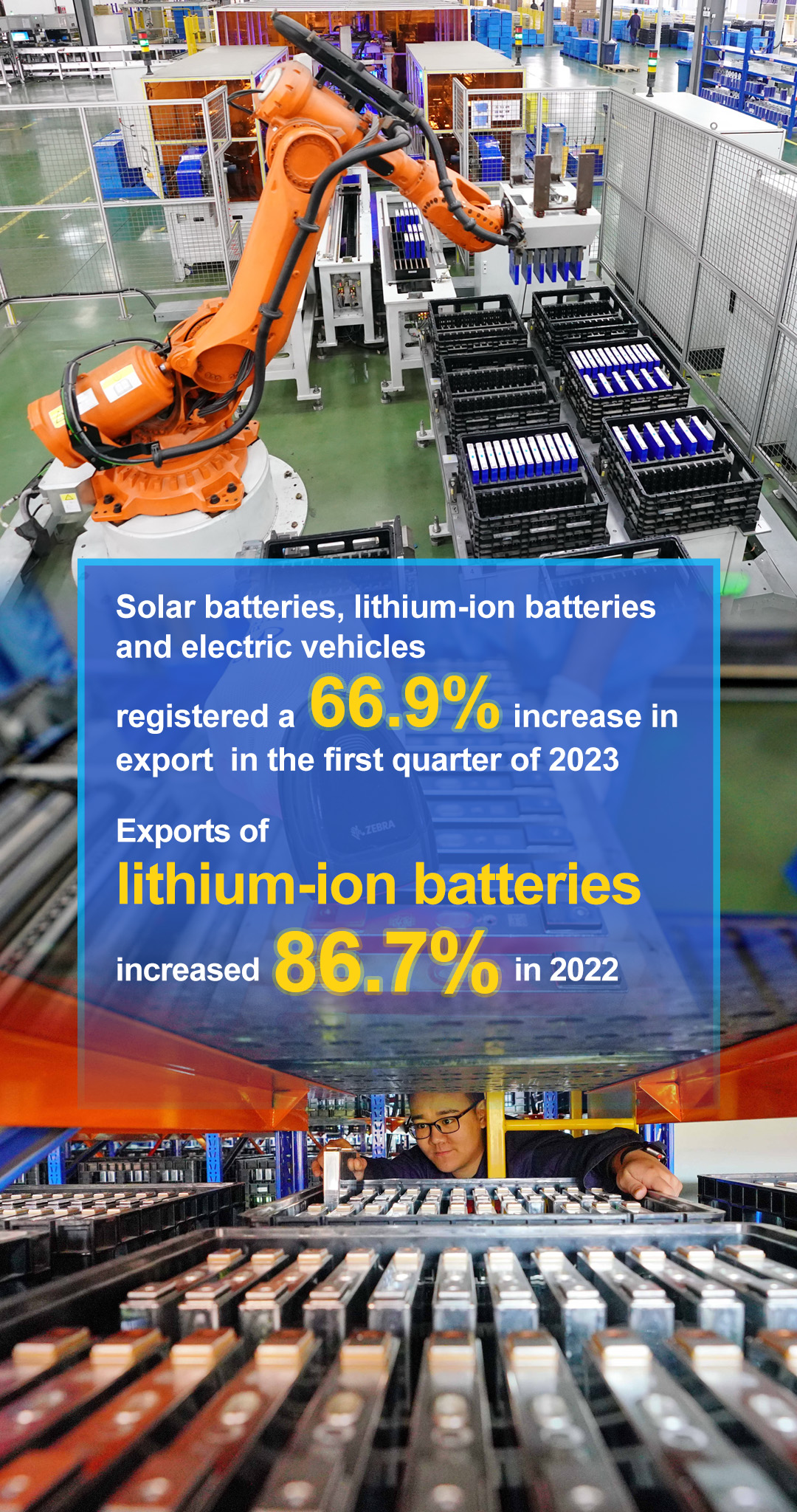





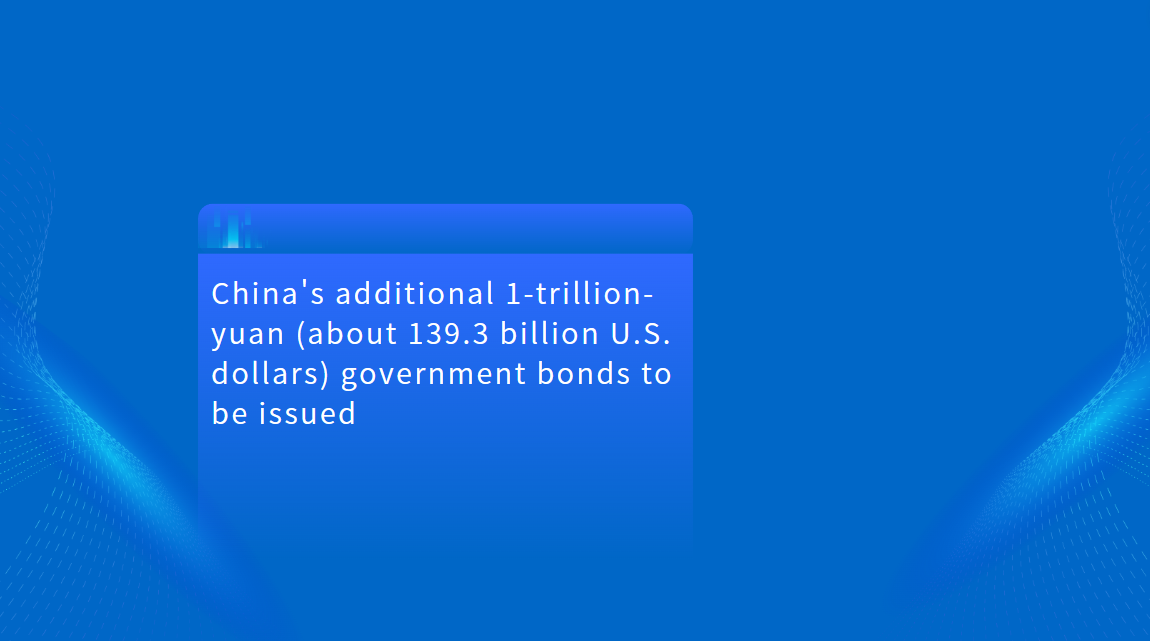



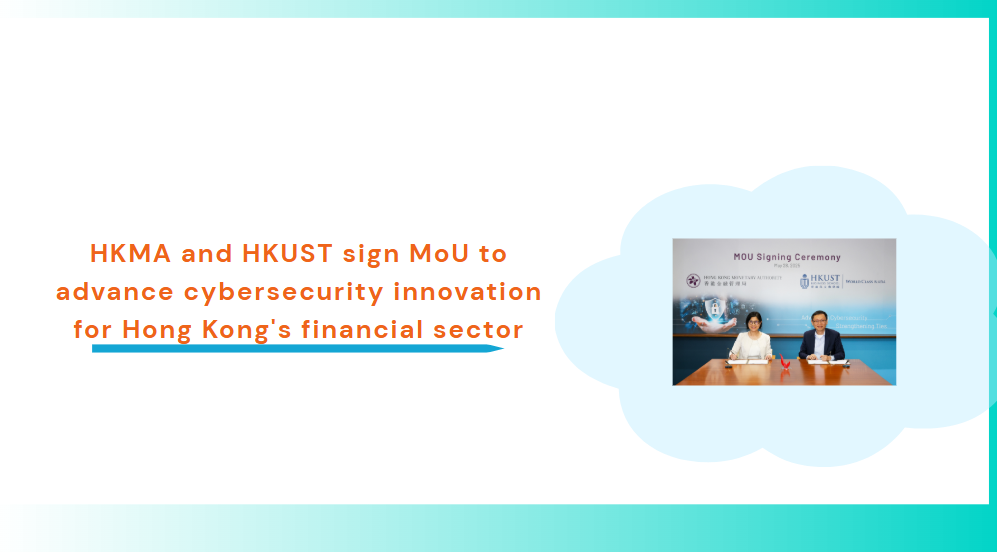
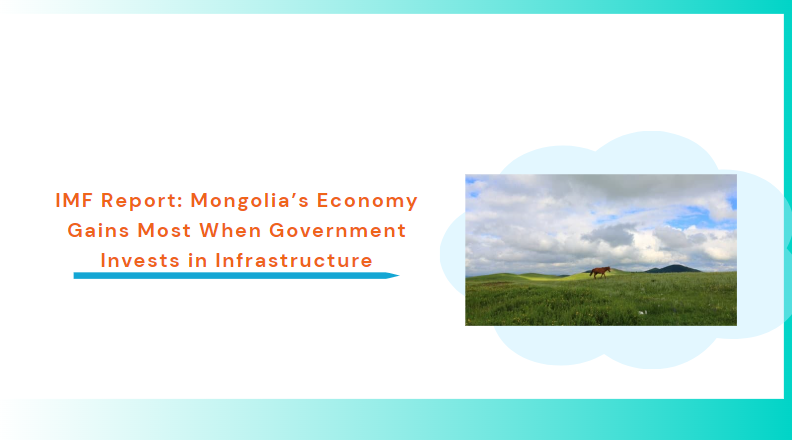
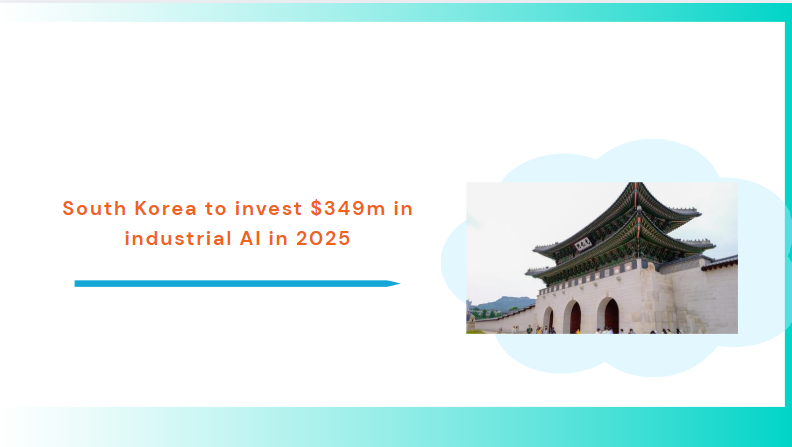



























First, please LoginComment After ~